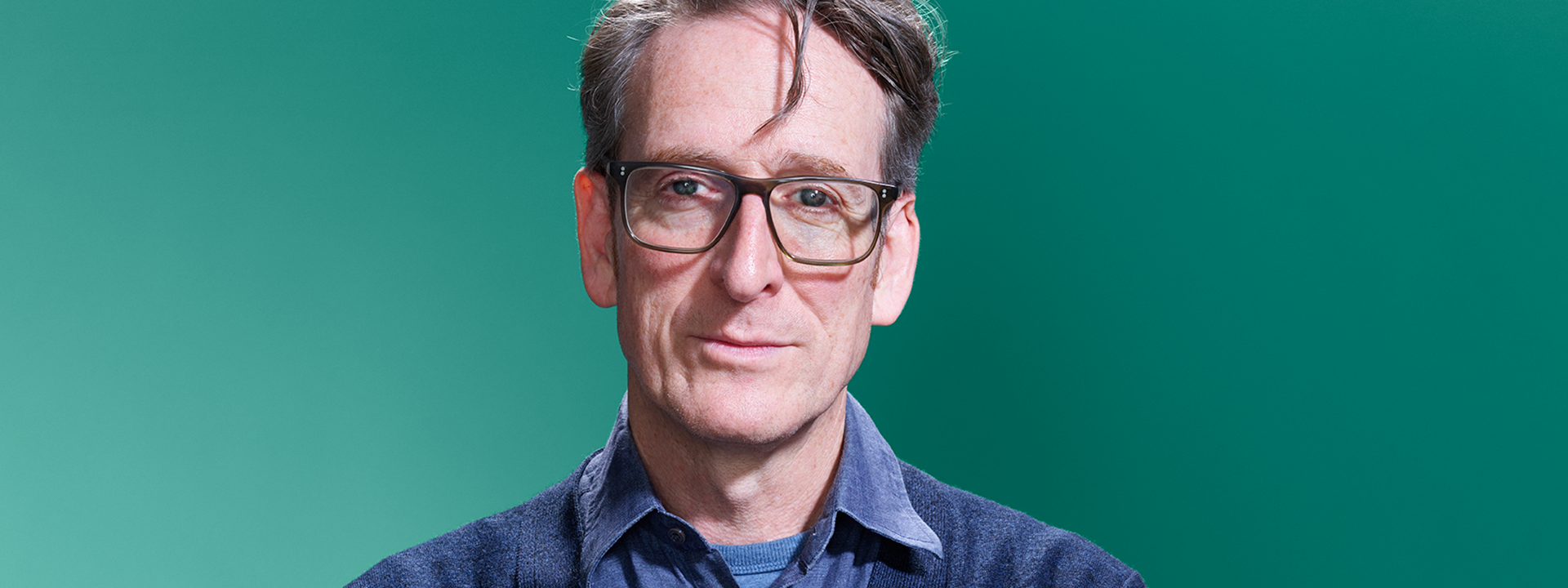Charles Vallance in Campaign ‘Crisis Countdown’
news
Agency News
Published by
Charles Vallance
Date
04/09/2023
For his latest Campaign column, VCCP's Chairman and Founding Partner Charles Vallance asks if we are beginning to see light at the end of the permacrisis tunnel.
Are we beginning to see a chink of light at the end of the permacrisis tunnel?
It may be faint, and it may be flickering, but it looks like a slight glow is detectable. The last few weeks have seen a steady flow if not of exactly good news, then at least of less than exactly bad news.
Headline inflation fell from 7.9 percent in June to 6.8 percent in July. Still high. But lower, all the same. Even core inflation is beginning to subside, falling from 7.3 percent in May, to 6.9 percent in June and 6.8 percent in July.
On the demand side, wages grew by 7.8 percent in the April to June period, the highest annual growth rate since comparable records began in 2001, which means that wage inflation is now outstripping price inflation. According to GfK, savings confidence was at a 21-month high in June, which is perhaps not surprising given that, according to the Bank of England, household deposits stood at £340 billion, 23 percent higher than they were on the eve of the pandemic.
It is important, of course, that these positive statistics are seen in the context of more negative ones. For instance, after hitting a 50-year low, unemployment has edged up from 3.8 percent to 4.2 percent over recent months. Similarly, having climbed to a 17-month high in June, the GfK Consumer Confidence Index fell back by 6 points in July.
More importantly still, it is vital to understand that the effects of the cost of living crisis are very far from evenly distributed. Some groups in society have been less impacted, and have even been cushioned by what David Smith recently described in the Sunday Times as "involuntary savings". In a segmentation study commissioned by VCCP, these groups are classified as 'Carefree Comfortables', representing 33 percent of the population. For other groups, the impact has been severe, and they have faced serious financial difficulties ever since the spike in inflation began nearly two years ago. In the same study, these groups are classified as 'Just Hanging On’, representing 27 percent of the population and highlighting the polarised nature of the cost of living crisis and the severity of its effects across different social groupings.
Just like the economic news, it is a mixed picture, with mixed signals. Some markets are doing very well, especially 'revenge spending' categories such as holidays, flights and live events. Other categories are struggling, particularly those that are affected by high interest rates, such as house sales and new car purchases.
The big question, as we look ahead, is whether the recent trickle of good news will gain sufficient momentum for consumers to feel that the tide is turning, that they are nearing the end of the cost of living crisis. Renewed consumer confidence, coupled with high savings levels, falling inflation and rising wages could herald a bumper year for brands in 2024, certainly by comparison to the last three years.
According to a recent survey by Citi Research, it would seem that the consensus within marketing departments is that we might well be turning the corner. They interviewed 175 CMO's in 5 countries and found that the anticipated change in marketing budgets over the next 12 months was +10.5 percent. The UK CMO's within the sample were even more bullish, expecting an 11.8 percent uplift, rising to 18.5 percent over the next 2-3 years.
These are encouraging findings because a brand is essentially a bet on the future. You invest in it now in order to maximise returns further down the line. If the light at the end of the tunnel is approaching, then the conclusion for CMO’s is clear. Don’t be too late in having the conversation with your CFO about the need to invest ahead of rather than behind the demand that is on the horizon.
Brand predisposition takes time to build, but it is long-lasting and can be efficiently maintained once secured in the minds of consumers. As we head into the recovery, the best shape for marketing budgets will be front loaded so as to anticipate demand. In the famous words of Willie John McBride, there can be advantages to “getting your retaliation in first”.


